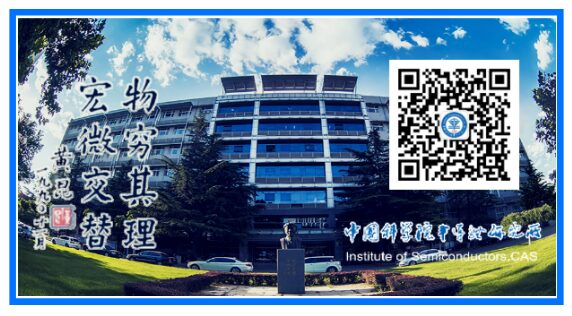
Source: Lattice Semiconductor
Original Author: Lattice Semiconductor
This article briefly introduces some professional terms in the semiconductor field.
Wafer: The most basic processing unit in the semiconductor manufacturing industry, where circuit diagrams are etched onto wafers through specific processing techniques and then cut into IC chips;
Cassette: A box used to hold wafers, composed of separate slots; generally, one cassette can hold 25 wafers; wafers are processed in units of cassettes.
Chip: A part that is split from a wafer containing a device or circuit array, which at least contains one circuit;
Substrate: The material on which devices or circuit elements are manufactured on its surface and inside;
Substrate: Sheet material that forms the supporting base for film circuit components and/or external components;
Film: A solid layer formed on a solid substrate using any deposition process;
Thin Film: A film deposited on a substrate using growth processes such as vacuum evaporation, sputtering, and chemical vapor deposition;
Thick Film: A film typically deposited on a substrate using screen printing techniques;
Plated Film: A film obtained through chemical and/or electrochemical deposition;
Epitaxy Technique: The process of growing a layer of semiconductor material on a substrate that has the same or similar crystal phase;
Photolithography Technique: The process of creating the desired pattern on a wafer coated with a photoresist film using techniques such as exposure, development, and etching;
Vacuum Evaporation: The process of heating materials in a vacuum and allowing them to evaporate and deposit on the surface of other materials to form a film;
Diffusion Technique: The process of diffusing impurity atoms into a semiconductor crystal to form P-type or N-type conductivity regions within the crystal;
Ion Implantation: The process of injecting accelerated ions into a semiconductor crystal to form P-type, N-type, or intrinsic conductive regions within the crystal;
Sputtering: The process of using gas ions in a glow discharge to bombard electrode materials, releasing them and depositing them on the surface of other materials to form a film;
Metallization: The process of depositing a layer of metal film and creating wiring patterns to form the required internal connections;
Surface Passivation: The process of growing or coating a protective film on the surface of a semiconductor after the formation of P regions, N regions, and PN junctions;
Protective Coating: An insulating material layer applied to the surface of circuit components for mechanical protection and to prevent contamination;
Wire Bonding: The process of applying stress to form ohmic contact between fine metal wires and specified metallized areas on the chip or base;
Encapsulation: A general process of encapsulating circuits and components with a protective medium to resist mechanical, physical, and chemical stresses;
Embedding: The process of embedding the main body of circuits and components using a curable resin;
Package: The fully or partially encapsulated body of an integrated circuit;
Header: The part of the package used to mount the semiconductor chip;
Lot/Batch: A quantification unit for wafers, generally one wafer box contains 1 Lot; multiple Lots can form a Batch;
Port: Refers to a platform on the machine where wafers are placed before processing; the machine will use an automatic arm to extract them one by one for processing;
FAB: Specifically refers to the semiconductor industry processing workshop, which differs from ordinary processing workshops due to its extremely high environmental quality requirements;
SECS: The semiconductor automation standard protocol that regulates the communication standards for EAP control machines.
END
The reproduced content only represents the author’s views
It does not represent the position of the Semiconductor Institute of the Chinese Academy of Sciences
Editor: Schrödinger’s Cat
Editor-in-Chief: Mu Xin
Submission Email: [email protected]
1. The Semiconductor Institute has made progress in the research of biomimetic covering neuron models and learning methods
2. The Semiconductor Institute has made significant progress in inverted structure perovskite solar cells
3. Why is copper used as the interconnect metal in chips?
4. What exactly is 7nm in chips?
5. Silicon-based integrated optical quantum chip technology
6. How anomalous is the quantum anomalous Hall effect? It may bring about the next revolution in information technology!


